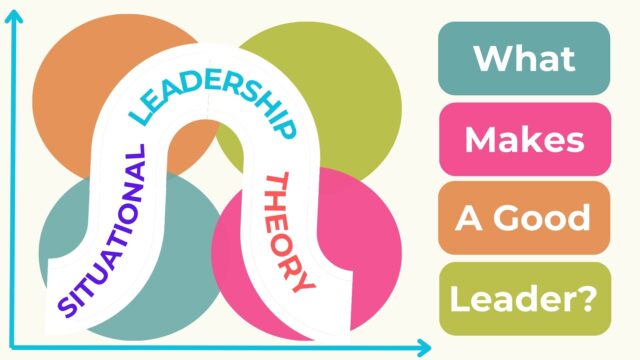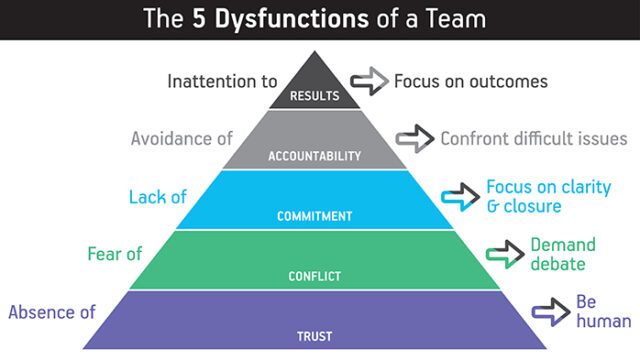FIRO B Model of Group Dynamics
The Fundamental Interpersonal Relations Orientation Behavior (FIRO-B) Model is a psychological model developed by William Schutz in the 1950s. Schutz was an American psychologist who specialized in group dynamics, personality assessment, and interpersonal relations.
The FIRO-B Model is based on the theory that human beings have three basic interpersonal needs: Inclusion, Control, and Affection. Inclusion refers to the need to be involved with others, Control refers to the need to influence and direct others, and Affection refers to the need to feel close and connected to others. The FIRO-B Model suggests that these needs can either be satisfied or frustrated and that people's behavior is primarily determined by their level of satisfaction or frustration with these needs.
The FIRO-B Model is important for teamwork, trainers, employers, employees, team members, and team leaders because it helps them understand individuals' interpersonal needs and how these needs can influence their behavior in a group setting. By understanding these needs, individuals and groups can work together more effectively and productively.
For trainers, the FIRO-B Model can be used to design training programs that meet the interpersonal needs of participants. For employers and team leaders, it can be used to build more cohesive and effective teams by understanding the group's interpersonal dynamics. For employees and team members, it can be used to identify areas of potential conflict and work towards resolving these conflicts.
An analogy to help understand the FIRO-B Model is that of a car. The three basic interpersonal needs are like a car's engine, transmission, and wheels. Each part is necessary for the car to function properly, and if one part is not working correctly, the entire car will be affected. Similarly, if one of the three basic interpersonal needs is not being met, it can affect the behavior and productivity of individuals in a group.
Another analogy is that of a puzzle. Each puzzle piece is necessary for the picture to be complete; if one piece is missing, the picture is incomplete. Similarly, the three basic interpersonal needs are essential for individuals to feel fulfilled and for the group to function effectively.
A real-life example of the FIRO-B Model in action is a team of employees who are working on a project. One employee may have a high need for control and may want to take charge of the project, while another employee may have a high need for inclusion and want to be involved in all aspects of the project. By understanding these needs, the team leader can assign tasks that meet both needs, such as allowing the employee with a high need for control to lead the project while involving the employee with a high need for inclusion in decision-making processes.
Another example is a conflict between two team members. Using the FIRO-B Model, the team leader can identify the underlying interpersonal needs of each individual and work towards finding a resolution that meets those needs. For example, if one team member has a high need for affection and the other has a high need for control, the team leader may suggest that the team members work together on a project that allows both needs to be met.
The FIRO-B Model can be used in various settings, including in the workplace, educational settings, and personal relationships. It can be administered through a questionnaire and is available through multiple assessment tools. By using the FIRO-B Model, individuals and groups can better understand themselves and others, leading to more effective communication and collaboration.
Founder
Related Topics
FIRO B Model of Group Dynamics 0 reviews
Login to Write Your ReviewThere are no reviews yet.








